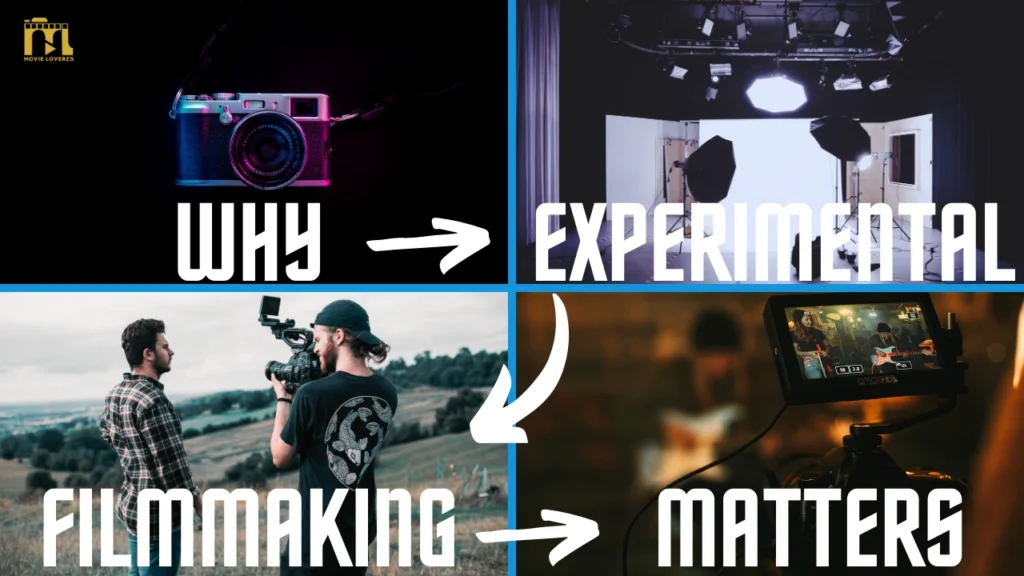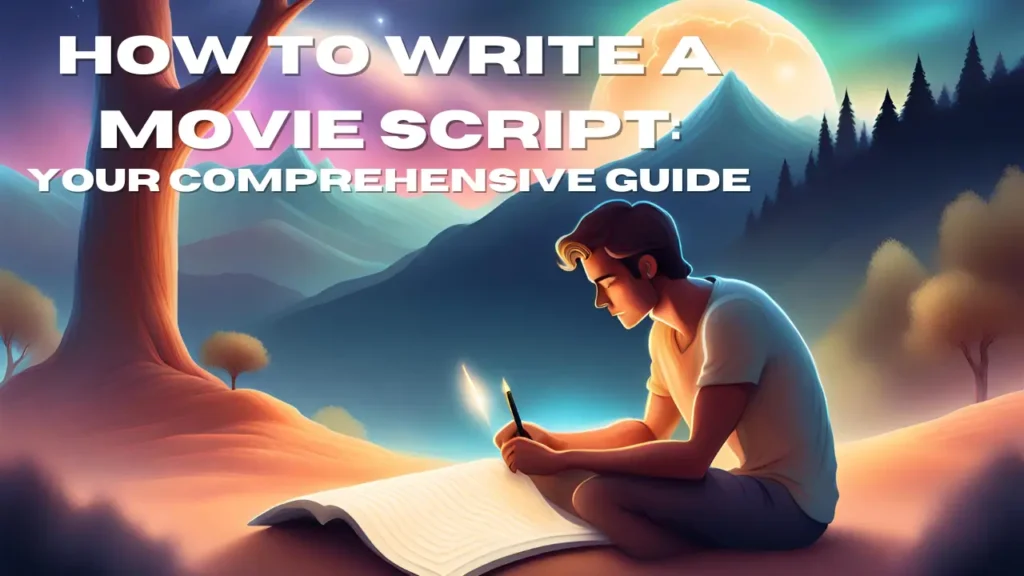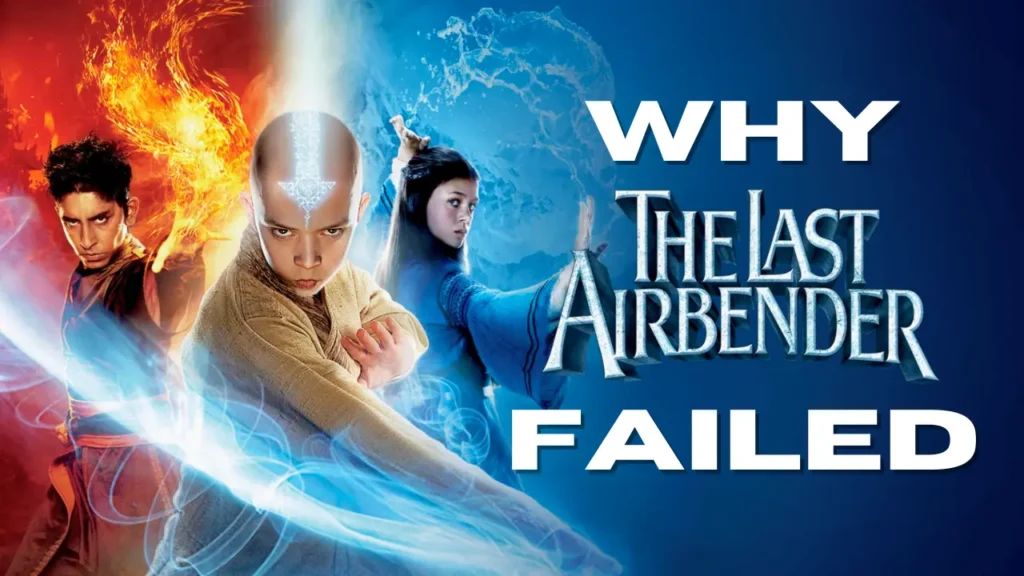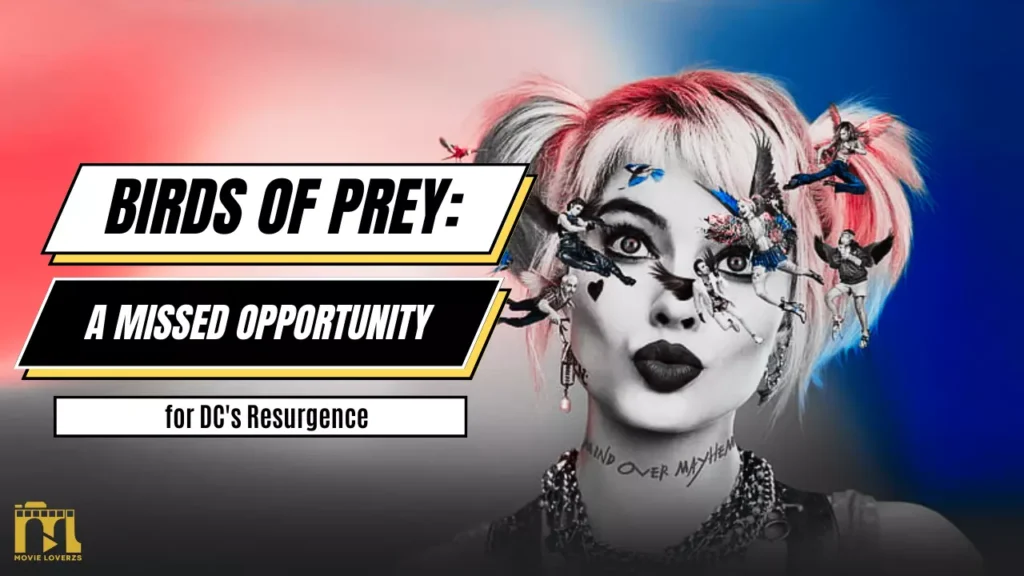Table of Contents
ToggleFilmmaking has evolved significantly over the years, with experimental filmmaking pushing the boundaries of what is possible on screen.
Experimental filmmaking is a genre that challenges traditional filmmaking techniques and often incorporates unconventional methods to create an artistic and unique film.
In this article, we will explore the boundaries of experimental filmmaking and how it has impacted the world of cinema.
What is Experimental Filmmaking?
Experimental filmmaking is a form of filmmaking that focuses on exploring unconventional techniques and styles to create unique and artistic films.

Filmmakers who use this approach often reject traditional storytelling methods and instead rely on visual symbolism, abstract imagery, and non-linear narratives to convey their message.
The goal of experimental filmmaking is to create a new and unconventional experience for the viewer.
The History of Experimental Filmmaking
Experimental filmmaking has been around since the early days of cinema. The first experimental films were created by avant-garde artists in the 1920s and 1930s, who wanted to explore the artistic possibilities of the medium.
These early experimental films were often made with little to no budget and experimented with techniques such as montage, close-ups, and slow-motion to create unique visual experiences.

In the 1960s, experimental filmmaking became more widely recognized as an artistic genre, thanks to the work of filmmakers like Stan Brakhage and Jonas Mekas.
These filmmakers used techniques such as hand-painting directly onto the film stock and creating abstract imagery to challenge the traditional methods of filmmaking.
Why Experimental Filmmaking Matters
Experimental filmmaking matters because it challenges the conventions of traditional filmmaking and encourages viewers to think in new ways.

It allows filmmakers to explore themes and ideas that may not be possible in traditional storytelling and can lead to a deeper understanding of the human experience.
Techniques Used in Experimental Filmmaking
Experimental filmmaking is all about breaking the rules and exploring new techniques. Here are some of the most common techniques used in experimental filmmaking:
Unique Camera Angles
Experimental filmmakers use unique camera angles as a technique to convey a feeling, mood, or perspective. By positioning the camera in unconventional ways, filmmakers can create a disjointed and surreal experience for the audience.
For example, the Dutch angle, also known as the canted angle, is a technique where the camera is tilted at an angle to create a sense of unease and discomfort. This technique can be used to show instability, confusion, or disorientation.
Montage
Montage is a technique that involves the juxtaposition of two or more unrelated images to create a new meaning. Experimental filmmakers use montage to create a sense of time, place, or emotion.
For example, in the film “Man with a Movie Camera” directed by Dziga Vertov, the filmmaker uses montage to create a rapid-fire sequence of images that shows the hustle and bustle of city life.
Non-linear Narrative
Experimental filmmakers often do not follow a traditional narrative structure. Instead, they use a non-linear narrative to create an abstract and surreal experience for the viewer.
Non-linear narrative can be achieved through the use of flashbacks, dream sequences, and fragmented storytelling. This technique allows the filmmaker to explore complex themes and ideas in a unique and unconventional way.

Handheld Camera
Handheld camera is a technique where the camera is held by the filmmaker or a camera operator.
This technique creates a sense of intimacy and immediacy, making the viewer feel like they are part of the action. Handheld cameras can also create a sense of chaos and instability, which can be used to convey a feeling of urgency or danger.
Animation
Animation is a technique used in experimental filmmaking to create a unique visual experience. Animation allows the filmmaker to create a world that is not bound by the laws of physics.
This technique can be used to tell stories that are difficult or impossible to tell through live-action filmmaking.
For example, the film “Waking Life” directed by Richard Linklater uses animation to explore complex philosophical concepts.
Found Footage
Found footage is a technique that involves using pre-existing footage to create a new narrative. Filmmakers can use found footage from a variety of sources, including home movies, news footage, and propaganda films.
This technique allows the filmmaker to create a new meaning from existing images and can be used to explore themes of memory, history, and identity.
The Evolution of Experimental Filmmaking
Experimental filmmaking has been around for over a century, but it was not until the 1920s that it began to gain popularity. The Surrealist movement was a significant influence on experimental filmmakers, as they sought to create art that challenged the conventions of society.

In the 1960s, experimental filmmaking experienced a resurgence, thanks to advancements in technology that made it easier and cheaper to produce films. Filmmakers such as Andy Warhol and Jonas Mekas used this new technology to create films that were more personal and intimate.
Today, experimental filmmaking continues to evolve, with filmmakers using a variety of techniques, including found footage, animation, and interactive media.
The Impact of Experimental Filmmaking
Experimental filmmaking has had a significant impact on the world of cinema. It has challenged traditional methods of storytelling and opened up new possibilities for filmmakers to explore.

Some of the biggest names in cinema, such as Martin Scorsese and Francis Ford Coppola, have cited experimental filmmakers as an influence on their work.
Experimental filmmaking has also influenced other forms of art, such as music videos and video art installations. The techniques and styles used in experimental filmmaking have been adapted and used in these other mediums, creating a new and unique experience for the viewer.
Conclusion
Experimental filmmaking is a genre that challenges traditional methods of filmmaking and explores new techniques to create unique and artistic films.
From montage to hand-painted film, experimental filmmakers have pushed the boundaries of what is possible on screen. Their impact on the world of cinema and other forms of art is undeniable, and their influence can still be felt today.






